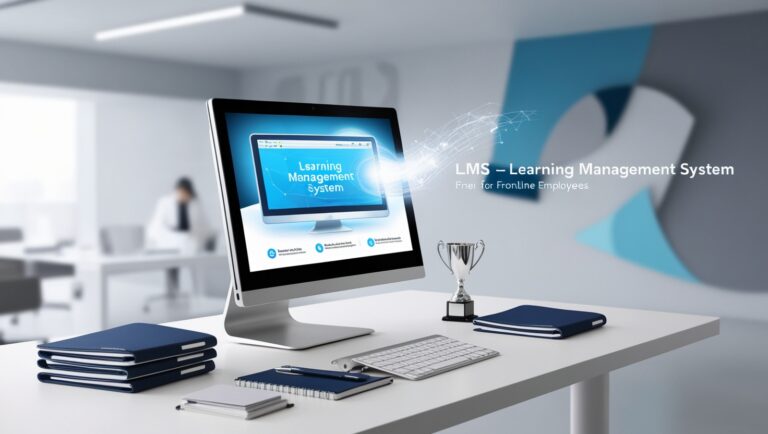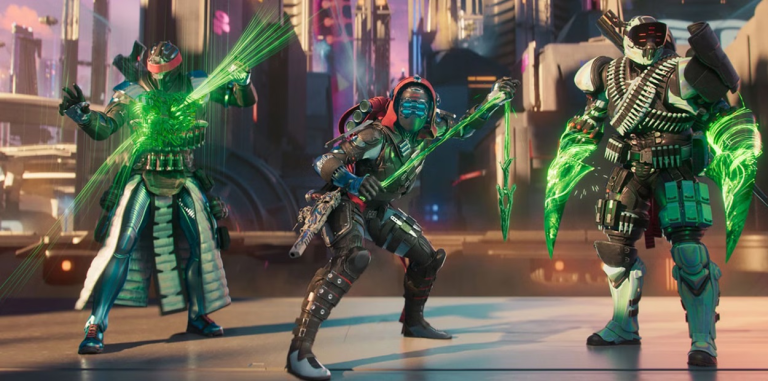
Introduction
Wolfgang Amadeus Mozart’s music has stood the test of time, captivating audiences for over two centuries. But what ensures that his masterpieces remain relevant in the modern age? The answer lies in technology. From digitizing centuries-old manuscripts to using artificial intelligence to recreate lost compositions, technological advancements are playing a crucial role in preserving and expanding Mozart’s legacy.
One of the most exciting developments in music technology is the ability to enhance classical compositions using AI. Tools that allow for creating your own music AI are making it easier than ever to study and reinterpret Mozart’s works. But beyond AI, how exactly is technology safeguarding and promoting Mozart’s contributions to the world of music?
Digital Archives and Manuscript Preservation
One of the primary ways technology is preserving Mozart’s legacy is through the digitization of his original compositions. Libraries and institutions worldwide are scanning and storing high-resolution images of Mozart’s manuscripts, ensuring that his works are accessible to future generations.
Key Initiatives in Digital Preservation
- The Digital Mozart Edition: Hosted by the Internationale Stiftung Mozarteum in Salzburg, this project aims to make Mozart’s complete works freely available online, including original manuscripts and scholarly editions.
- Google Arts & Culture Partnership: Google has collaborated with music institutions to create virtual exhibitions showcasing Mozart’s compositions, letters, and historical artifacts.
- Europeana Music Collection: A massive online archive that features digitized sheet music, rare recordings, and historical documents related to Mozart and other classical composers.
These initiatives not only protect fragile documents from deterioration but also make it possible for musicians, scholars, and enthusiasts worldwide to study and appreciate Mozart’s genius.
AI and Machine Learning in Music Restoration
Artificial intelligence is revolutionizing music preservation by analyzing, restoring, and even completing unfinished works of classical composers, including Mozart.
How AI is Enhancing Mozart’s Music
- Restoring Damaged Manuscripts: AI algorithms can reconstruct missing or unreadable sections of Mozart’s original scores.
- Recreating Mozart’s Lost Works: Some of Mozart’s compositions are incomplete or have missing parts. AI-driven music models, like those used in OpenAI’s MuseNet, can predict and generate missing musical passages in Mozart’s style.
- Enhancing Music Performance: AI-powered software helps musicians interpret and perform Mozart’s works with greater historical accuracy by analyzing period-specific techniques and stylistic nuances.
Virtual Reality and Interactive Learning
Technology is also making Mozart’s music more engaging and interactive through virtual reality (VR) experiences and digital learning platforms.
Virtual Experiences Bringing Mozart to Life
- Mozart VR Concerts: VR technology allows users to experience live performances of Mozart’s compositions as if they were in a historic concert hall.
- Interactive Learning Apps: Apps like “Wolfie” and “Classical Masterpieces” offer interactive sheet music that adapts to a musician’s playing style, making learning Mozart’s compositions more immersive.
- AI-Powered Music Tutors: Platforms like Yousician and Simply Piano use AI to provide real-time feedback, helping students master Mozart’s music more effectively.
Streaming Platforms and Digital Accessibility
The way people consume Mozart’s music has changed dramatically with the rise of digital streaming services.
How Streaming is Keeping Mozart Relevant
- YouTube and Spotify Playlists: Curated playlists make it easy for new generations to discover Mozart’s masterpieces in high-quality recordings.
- Remastered Recordings: Advances in audio engineering have enabled the remastering of old recordings, improving sound quality and bringing historical performances to life.
- AI-Generated Recommendations: Streaming services use machine learning to introduce classical music to new listeners, ensuring that Mozart’s compositions continue to find fresh audiences.
The Future of Mozart’s Legacy in a Digital World
Technology continues to evolve, and with it, new possibilities for preserving and celebrating Mozart’s legacy arise.
Emerging Trends in Music Preservation
- Blockchain for Music Authentication: Blockchain technology is being explored to verify and protect the authenticity of historical music manuscripts.
- 3D Audio and Immersive Soundscapes: Advances in audio technology allow listeners to experience Mozart’s compositions in a more dynamic and spatially immersive way.
- AI-Driven Composition Tools: Future AI models could collaborate with musicians to create compositions inspired by Mozart’s techniques, keeping his influence alive in contemporary music.
Conclusion
Mozart’s genius continues to inspire musicians and listeners around the world, and technology is playing a vital role in ensuring his music remains accessible and relevant. From digital archives and AI-powered restorations to virtual reality experiences and streaming innovations, the preservation of Mozart’s legacy is entering an exciting new era.
As technology advances, so do the ways in which we can study, appreciate, and engage with Mozart’s works. Whether through digital sheet music, AI-generated compositions, or immersive concert experiences, one thing is certain—Mozart’s legacy is in good hands, safeguarded by the very innovations shaping the future of music.
Source: https://baddiehub.news/






